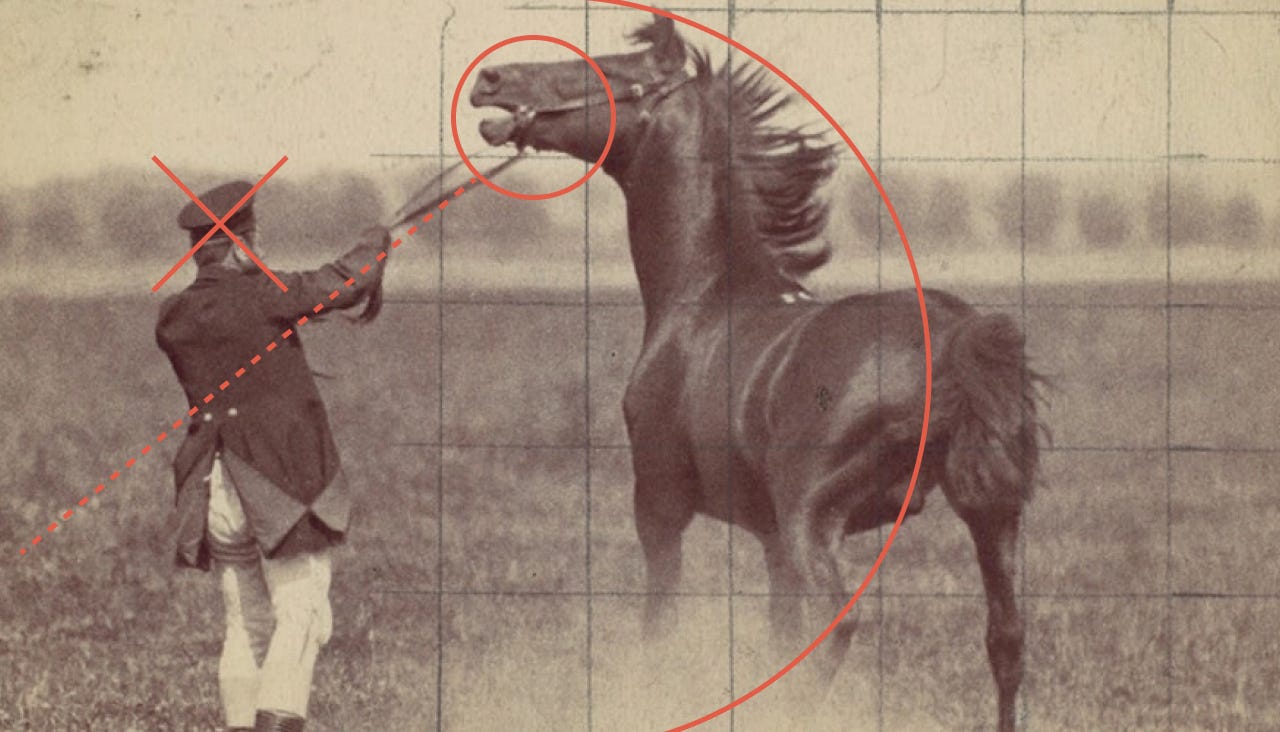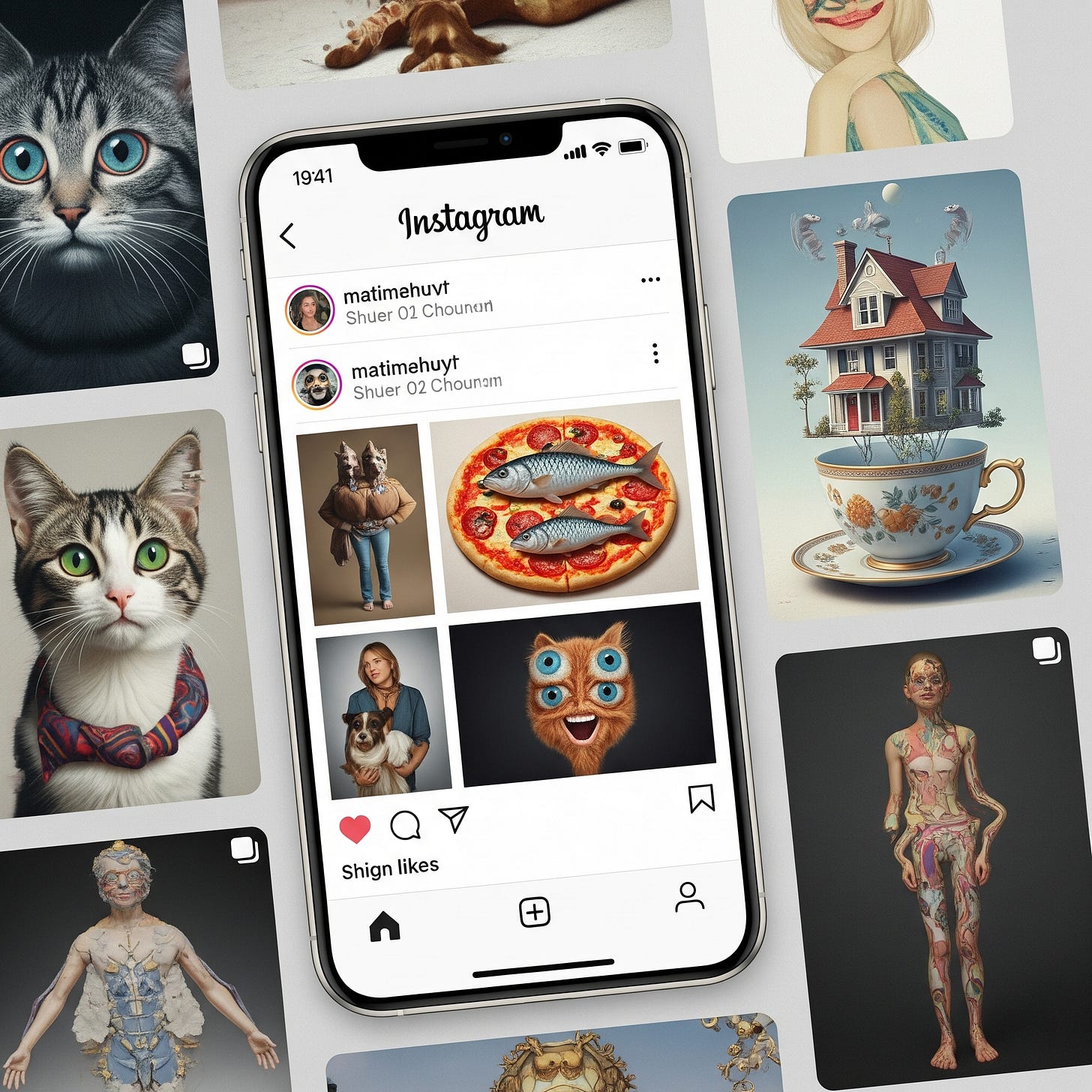Are You With the User, Or Against Them?
Fighting for the user in a post-enshittification era
After more than two decades designing for startups, I’ve earned a bit of cynicism about the tech industry—and about my role in it.
The enshittification of so many products I once loved has been hard to watch. Tools that once felt empowering are now spammy, extractive, and laced with dark patterns. The "growth above everything" mantra didn’t just warp priorities. It attracted the kind of behavior that makes you question why you ever got into tech in the first place.
That’s a huge reason why I pivoted to working on climate. Specifically, reforestation. I wanted to feel okay—maybe even good—about the thing I spent my time building.
Rage-Scrolling and the Attention Trap
Lately, I open my phone and just get furious.
Instagram? A relentless cycle of targeted ads, weird celebrity reels, and hypnotic influencer sludge. I’ll scroll like a zombie for five minutes before snapping out of the consumption fugue—angry that I got pulled in, angry at the app for being built this way, and angry at myself for falling for it again.
The way these products farm our attention isn’t just annoying. It’s hostile. It’s adversarial design. And if we’re honest with ourselves, a lot of us helped build it.
Design Has a Moral Imperative
So what do we do about it?
We start by refusing to work on products that are a net negative for people or the planet. That’s the bare minimum. These same companies that enshittify user experience are often the ones slashing teams and gaslighting their employees about "efficiency" or "restructuring."
If we say we’re user-centered but ignore the moral rot at the core of some of these orgs, then our whole practice starts to feel like a lie.
Design is not neutral. Pixels are not apolitical. Our labor either supports the user, or it supports the system exploiting them.
How I Vet the Companies I Work With
Before I even consider joining a company, I do my homework: I lurk on the founder’s socials. If their posts are all hustle-bro crypto nonsense or casual misinformation, I’m out. I check who funded them. I have biases against specific VCs (remember kids: contrarian attracts contrarian). I scan the tech news, Glassdoor, and my network for red flags or alignment. I try to get a sense of the direction the company is going—and whether that’s a direction I can stomach.
Yes, the job market is brutal. I get that. But values still matter. Alignment still matters. When we can afford to choose, we should.
The Personal Is Political. And Professional.
Working in climate isn’t easy. The political headwinds are real. The metrics aren’t as sexy. And yeah, it’s hard to compete with the dopamine loops of consumer apps.
My own family includes climate deniers, and I still find it hard to navigate Thanksgiving.
But I have a three-year-old. And the anxiety I feel about his future isn’t theoretical. It’s daily. Constant. So if I can design even one small thing that moves the needle on CO₂, that means something to me.
We Don’t Just Fight for the User in the Interface
We fight for the user by choosing what to build. We fight for the user by walking away from extractive work. We fight for the user by aligning our skills with their long-term needs—not just their momentary engagement.
Pixel-level empathy is important. But mission-level empathy is what really matters. And in the end, if we’re not fighting for the user at the highest level, who exactly are we fighting for?





What would Viktor do?!